This is the second most important word you can teach your dog. As stated above a dog will soon learn that “go for a walk” or “do you want to go out?” means that you are prepared to go for a walk with him or her. Trying to leash and/or collar an excited dog can be a challenge. So teaching your pal “sit” can be very convenient. This is a little more difficult than “no.” Your dog did not come equipped with a ready understanding of human speech. The good news here is that they are not only willing to learn, but readily prepared to recognize a huge variety of sounds and associate some meaning to them. This includes human speech.
The difficulty for the dog is translating your words into his or her actions.
Sit Training
There is a very easy way to accomplish this. Make sure to collar and leash your dog. Say “sit,” once only. If she or he does not sit, poke down the rear end with your finger. The dog may not sit, but you will succeed in moving its rear closer to the floor. If this does not cause the dog to “sit” use your other hand to push back on the chest. This will naturally cause the rear to move downward if his or her rear legs don’t move.
You may need to do this many times before the dog realizes what you want.
Hang in there. It is worth it to teach the dog this one word.
Once the dog figures out what you are trying to accomplish and actually sits, be sure to reward the dog. I prefer praise to treats, but at this point in time you want results.
Eventually, and this may take weeks, your dog will know that “sit” means to sit down. As “sit” training progresses be sure to observe the dog carefully. At first don’t expect the dog to sit immediately. He or she may hesitate and sit very slowly. You want to give the dog some extra time to comply in the beginning, but always praise or treat when “sit” is performed. Eventually treats and praise will no longer be necessary.
Remember; only say “sit” once for that action. If you say it multiple times the dog may conclude that he should sit only after hearing the word three or so times and that is not the object of this training.
Sit is an excellent command to teach the dog.
Use “sit” as a requirement for treat, as a prelude to going out, and any time you want the dog to be still.


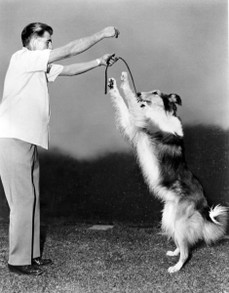
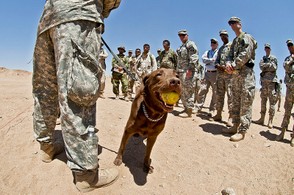
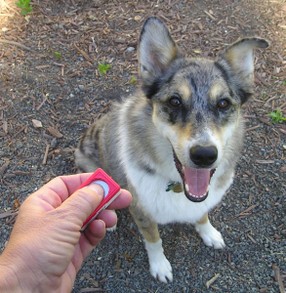




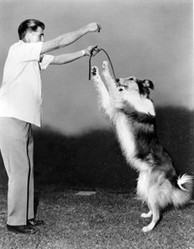

 Crêpes and Crêpe Disheson 09/14/2016
Crêpes and Crêpe Disheson 09/14/2016
 About Me - Liam Beanon 11/28/2014
About Me - Liam Beanon 11/28/2014
 About Ebolaon 11/08/2014
About Ebolaon 11/08/2014
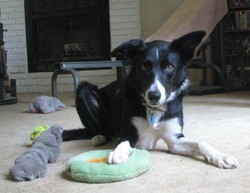
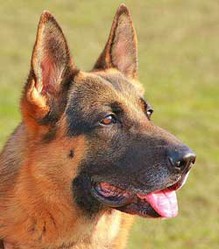
Comments
My current guy showed up at my doorstep. He was so malnourished you could see the bones in his back as well as his ribs. He wouldn't eat for the first day and the second he would only eat from my hand.
It took over a year for him to start acting like a regular dog, but he does now. I have no idea what he went through, but I have to think it must have been horrific.
Very nice article. We adopted a dog from a shelter that came with a lot of baggage. It took a long time to make him into a good pet. I've never heard of finishing your food before your dog does. Good tip.
Just remember, an adult dog can "hold it' for quite a while. A puppy, like a baby human, can't. It might be helpful to get puppy pads until six months when she'll be much more physically able to hold it. That or just take her out more often.
The eating tip is just a trick. It is a way for us humans to emulate the dog's natural pecking order. In a way most of my advice is more human training than dog training.
Thanks WF.
Very good guide on training. I'm thrilled I found it as you know we are training a new puppy. Thankfully I'm doing most things correctly and yet the eating first is a new tip I greatly need. Plus I've said sit more than once, she sets the first time for my daughter but not always for me. She will now I'll commit to the one verbal command and if need be the finger technique. I'm thrilled. I'm going to share this across all the social media in hopes of helping dog owners train their dogs correctly. It can so frustrating to do other wise and I feel the main reason relationships between dogs and dog owners don't often work out. :)K
Great tips, Liam, and very well explained. Nice article.